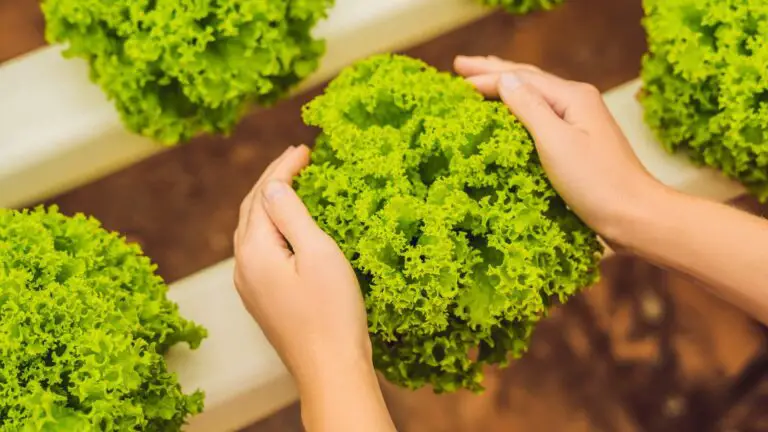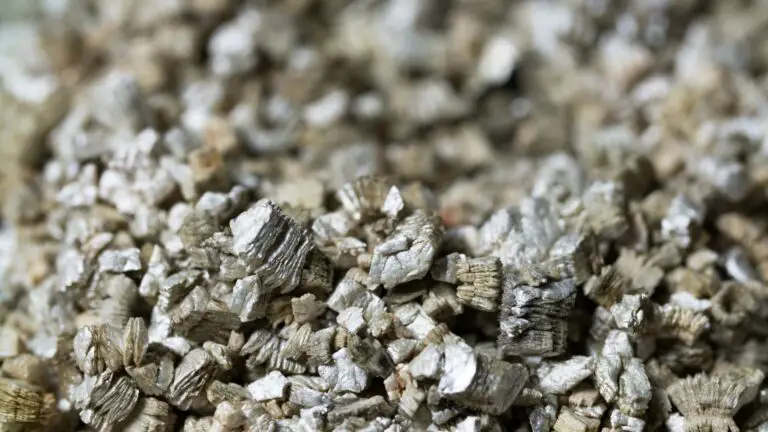12 Surprising Uses for Rice Hulls You Never Knew About
Disclosure: Your purchases through our links may earn us a small commission, supporting our site’s ability to provide valuable information to our readers. Rest assured, it won’t impact your price. Thank you for your support.
Rice hulls? What are they suitable for?! If you’re like most people, you probably think of rice hulls as nothing more than a by-product of rice production.
Rice hulls may not seem like much at first glance, but you can put these little bits and pieces of the plant to use in many ways!
You may not have ever heard of them, but trust us when we say that rice is nowhere without its pesky little chaff. You can use rice Hulls in various ways, and the best part about these versatile grains is that they’re so light! From gardening to insulation (and everything between), there’s no end because every time has its use case right here waiting just around.
In this blog post, we will discuss 12 ways you can use rice hulls.
What are the 12 uses of Rice hulls?
1. Rice hulls can be used as animal feed.
Rice hulls are a good source of fiber and can be used to add bulk to the diet of animals such as cattle or horses.

2. Rice hulls can be used as a biofuel.
When rice is milled, the husks are separated from the grain and can be used to create a biomass fuel called rice hull briquettes. When they burn, rice hulls produce a hot, smokeless fire that is ideal for cooking or heating.
3. Rice hulls is a good insulation material.
Rice hulls are also excellent at conducting heat, which makes them ideal for use as insulation material.
4. Rice hulls can also be used in the construction of buildings.
Rice strawis a rice hull often used in the construction of walls and roofs. Rice hulls are an excellent building material because they are lightweight, strong, and fire-resistant.

5. Rice hulls can be used in the garden as mulch.
They help aerate the soil, retain moisture, and prevent weeds from growing. Therefore rice hulls can be used in the garden as mulch.
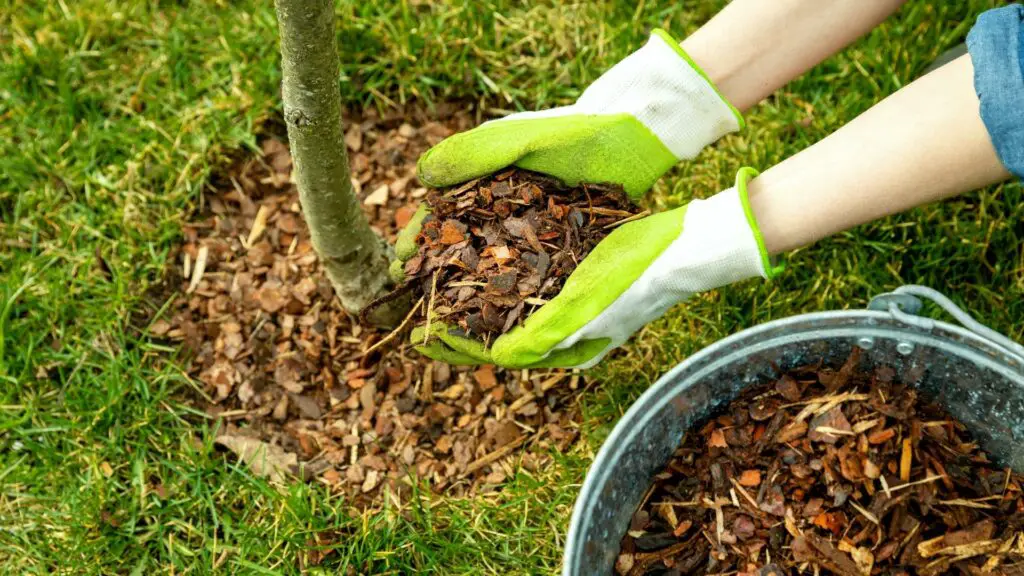
6. Rice hulls are often used as a growing medium for a hydroponic garden.
They provide good drainage and aeration while also retaining moisture. Learn more about how to set up a hydroponic garden using rice hulls?. Carbonized rice is also a great growing medium and contains many essential elements.
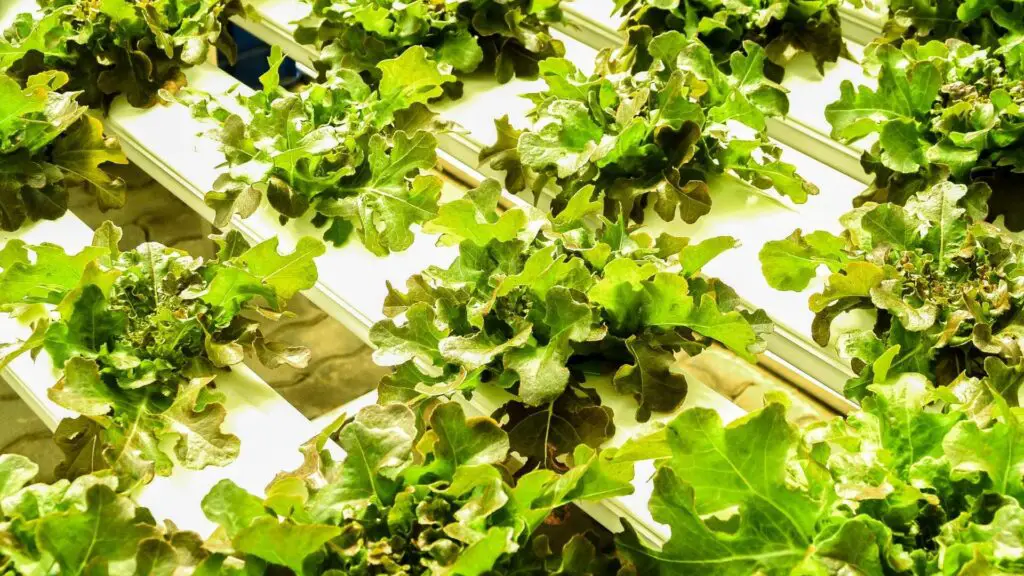
7. Rice hulls can be composted and used as fertilizer.
They are a good source of phosphorus and potassium, which are essential nutrients for plant growth.
Related:
NPK for Hydroponics: How It Works and Why It Matters?
13 Nutrients Required for Hydroponic Plants
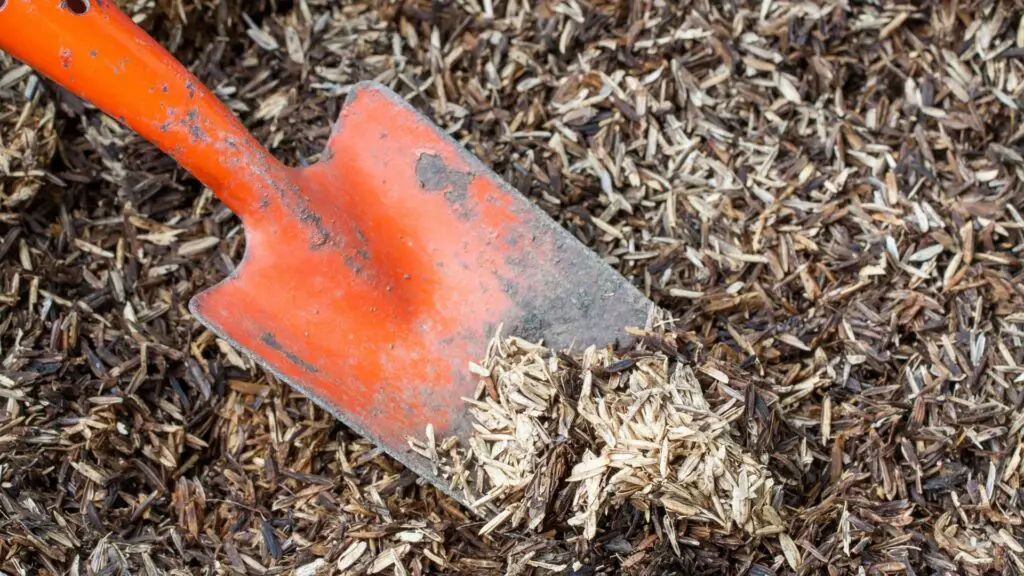
8. Rice hulls can also be used to make paper products.
The rice plant produces a lot of cellulose, which can be turned into paper. The fibers from rice hulls are strong and durable, making them ideal for papermaking.
9. Rice hulls can be used in crafts and art projects.
The rice hulls can be dyed and used to make patterns, designs of baskets, bags, and other objects.
10. Rice hulls can also be used to manufacture biodegradable plastic.
Rice husks contain lignin, which is a natural polymer that can be used to create environmentally friendly plastics. Many studies have examined rice hulls filled polymeric composites’ physical, mechanical, and thermal properties. These studies have examined how these composites affect different thermosets, thermoplastics, and elastomers.

11. Rice hulls can also be used as an abrasive material.
Rice hulls can be used to polish metals or clean delicate surfaces such as glass or porcelain when ground into a fine powder.
12. Rice hulls can be used as a filtration material.
You can use rice hulls to filter water. A filtration bed consisting of pumice-rice hulls ash cast in a matrix of cement and pebbles can be produced, trapping up to 95% of turbidity and bacteria in water.
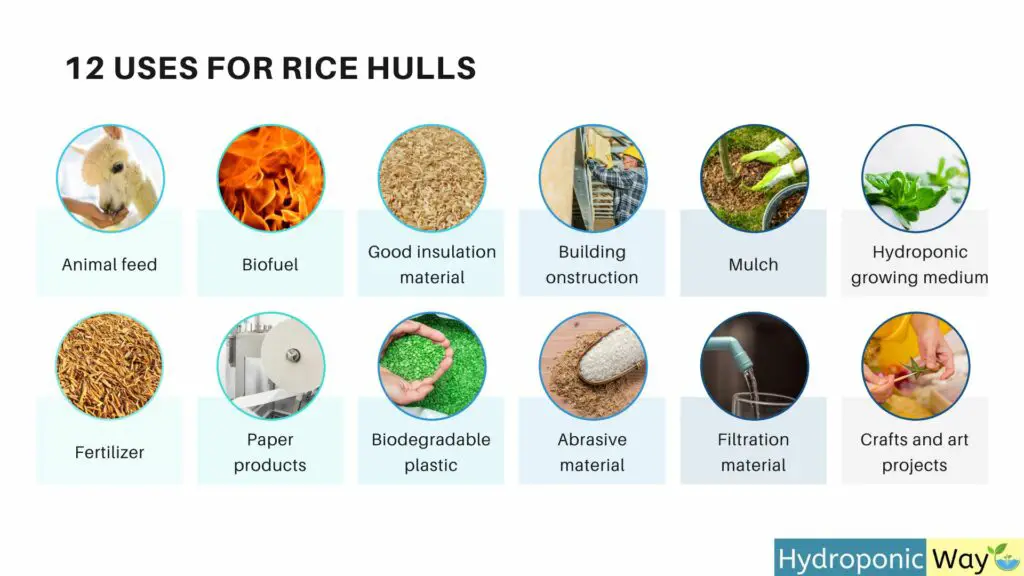
Bottom Line
So there you have it! These are just a few of the many uses for rice hulls.
Rice hulls are a versatile and valuable product that you can put to many different uses. From animal feed to insulation, rice hulls have a variety of applications that make them a valuable resource. The next time you see a bag of rice hulls, don’t forget all the ways that you can put these little bits and pieces to good use! Who knew that such a small and unassuming product could have so many benefits? Rice hulls indeed!
We hope you found this post informative and that you’ll start using rice hulls in all sorts of new ways!
Thanks for reading.
Also, learn: Why Rice Hulls Bad for the Environment?
If you are looking to buy rice hulls for your indoor or outdoor garden click this link to select the best one suited for you.

